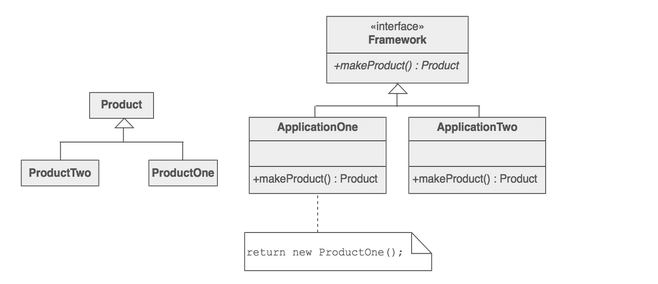标签:




public interface ImageReader {
public DecodedImage getDecodedImage();
}
public class GifReader implements ImageReader {
public GifReader( InputStream in ) {
// check that it‘s a gif, throw exception if it‘s not, then if it is decode it.
}
public DecodedImage getDecodedImage() {
return decodedImage;
}
}
public class JpegReader implements ImageReader {
//...
}
标签:
原文地址:http://my.oschina.net/u/1989867/blog/530083